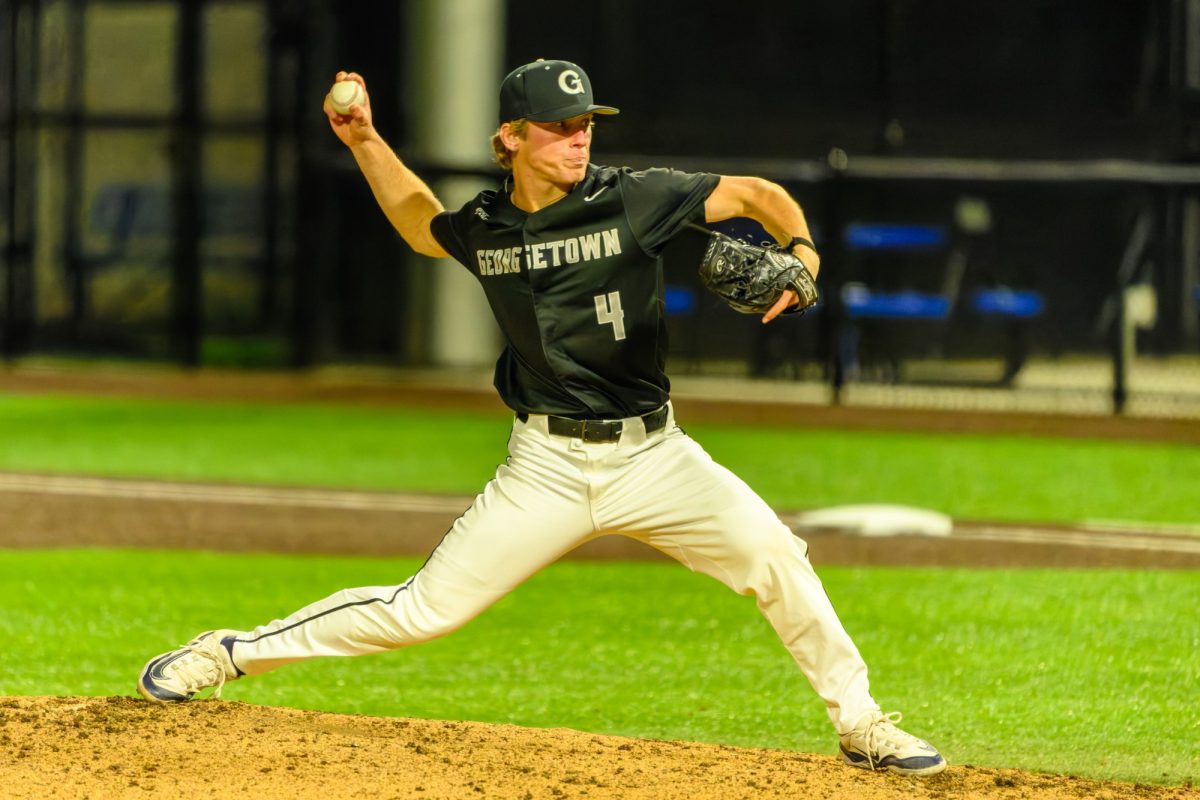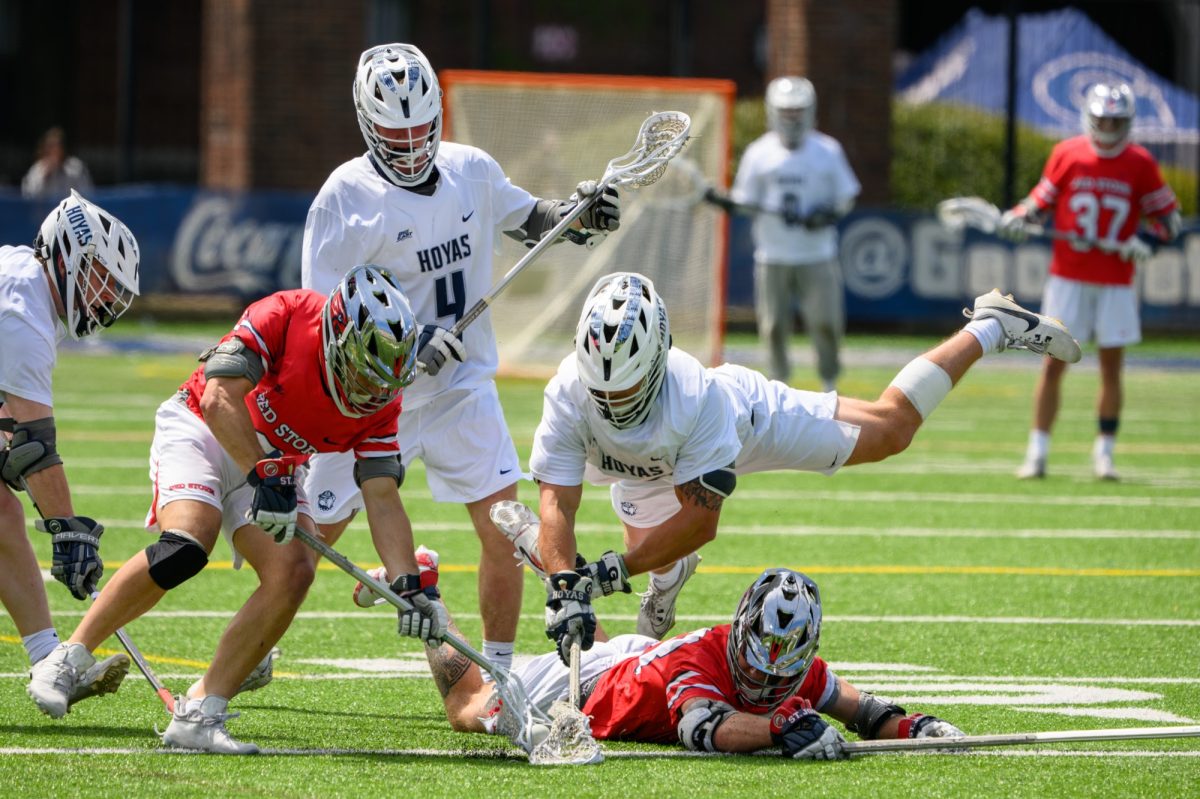As much as I wish hockey season was just around the corner, it is still a whole 21 days away. While that seems like an eternity for fans before the season begins, it also means just three weeks remain for this year’s restricted free agent class to get signed. Restricted free agency usually passes by without incident and young players continue playing with the teams that drafted them, but tension is growing in these contract negotiations, a microcosm of disputes between players and management league-wide.
As a quick refresher, restricted free agency in the NHL is designed to be boring. If an RFA, someone who just finished their first contract upon entering the league, is any good, their team will probably have to pay them $5 to $10 million. In order for another team to poach that player away, that team would have to offer the RFA whatever they are worth, and the original team has the chance to match and keep the RFA. If the offer sheet from their former team is not matched, the RFA can be poached; however, when the contracts are worth $8 million to $10.5 million, at the upper end of elite RFA signings, the poaching team has to give the team they poached from two first-round picks and a third-round pick. This process is unnecessarily complicated, but basically, nobody wants to do this, so players stay with their teams.
Things have been changing, though, since last year. William Nylander, who was in the unfortunate position of being one year older than his teammates Auston Matthews and Mitch Marner, was an RFA contract holdout. He feared he would make significantly less than his younger teammates or get traded, so held out until the last possible day. If a player does not sign by Dec. 1 then they have to sit out until July, which is the whole season. He was eventually signed for $6.9 million per year for six years.
Mitch Marner is the latest holdout for the Toronto Maple Leafs, following the expiration of his contract upon the conclusion of the 2018-19 season. Auston Matthews signed an $11.6 million per year contract with the Leafs, and Marner thinks he is worth the same amount; I would argue he is worth a similar but slightly smaller amount. The hard cap in the NHL means the Leafs are really cash-strapped, especially if they pay another $10 million annually to someone my age, like Marner — I’m still job hunting, but my entry level salary will probably be less than $900,000. He therefore has yet to sign, and we will see if this conflict escalates to a full contract holdout.
I firmly refuse to make this column a Leafs-centric column, so we are moving swiftly on. Hockey analysts have long been lamenting the death of the offer sheet, but as Taylor Swift proved, it is still possible to sell one million albums. Sebastian Aho of the Carolina Hurricanes proved the offer sheet method of poaching players still has a breath of life when he was offer-sheeted by the Montreal Canadiens. Sure, the offer sheet was so low the Hurricanes tweeted a poll asking, “Will we match the offer sheet for Sebastian Aho?” with the possible responses “Yes” and “Oui”, and the offer sheet was matched — a potential fiasco becoming a sadly boring footnote to the summer.
All of this is a long-winded attempt at saying that the clock is ticking, and these RFAs are poised to play some negotiation hardball. These deals are almost always done by this point in the summer, but for the aforementioned reasons, the paradigm is shifting.
While some of these teams have individual considerations such as the salary cap or asset management, there is an ongoing debate about what the second contract should look like in the NHL. Younger players seek shorter-term deals that expire as they hit their prime in their mid-to-late twenties, at which point they can start a bidding war as an unrestricted free agent and live out their days prosperously until they retire. Teams, on the other hand, seek long-term, cost controlled contracts. As the salary cap increases and elite players have been securing record contracts, the tension between what players and teams want grows.
Still unsigned are Patrik Laine who is coming off a very inconsistent first two years; Brayden Point, who is in no position to solve the Lightning’s playoff woes; Mikko Rantanen, who has the potential to finally make the Avalanche respectable and Charlie McAvoy, who is already a top-pairing defenseman. Valuable players such as these remaining without a team this late into the summer proves that the current RFA system which will require modifications when the current collective bargaining agreement expires September 2022.
The way this summer shakes out will prove to be a sign of the times.
Maddy Welch is a senior in the School of Foreign Service. On Thin Ice will appear every other Friday online and in print.





















